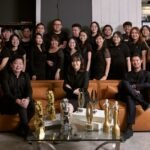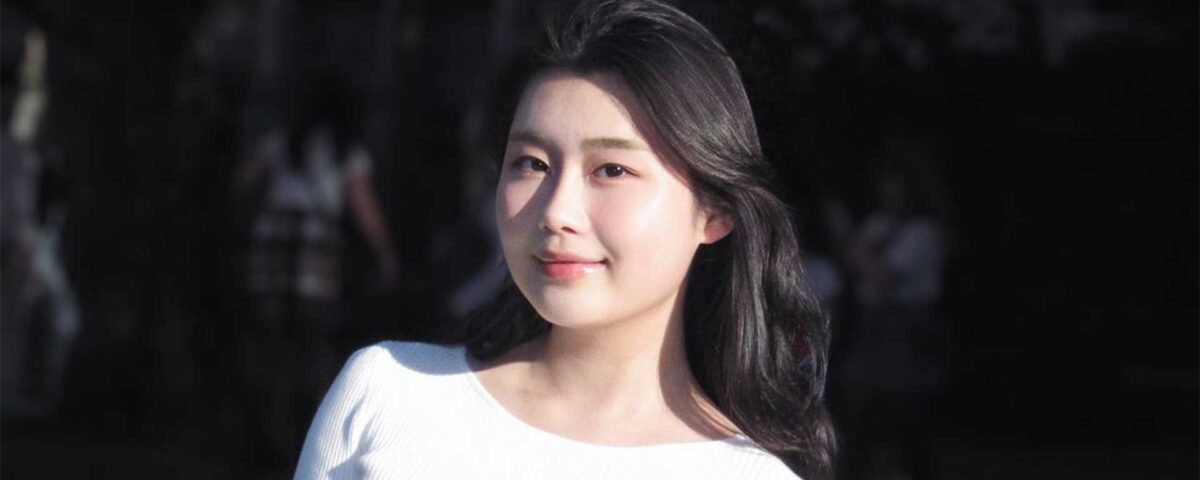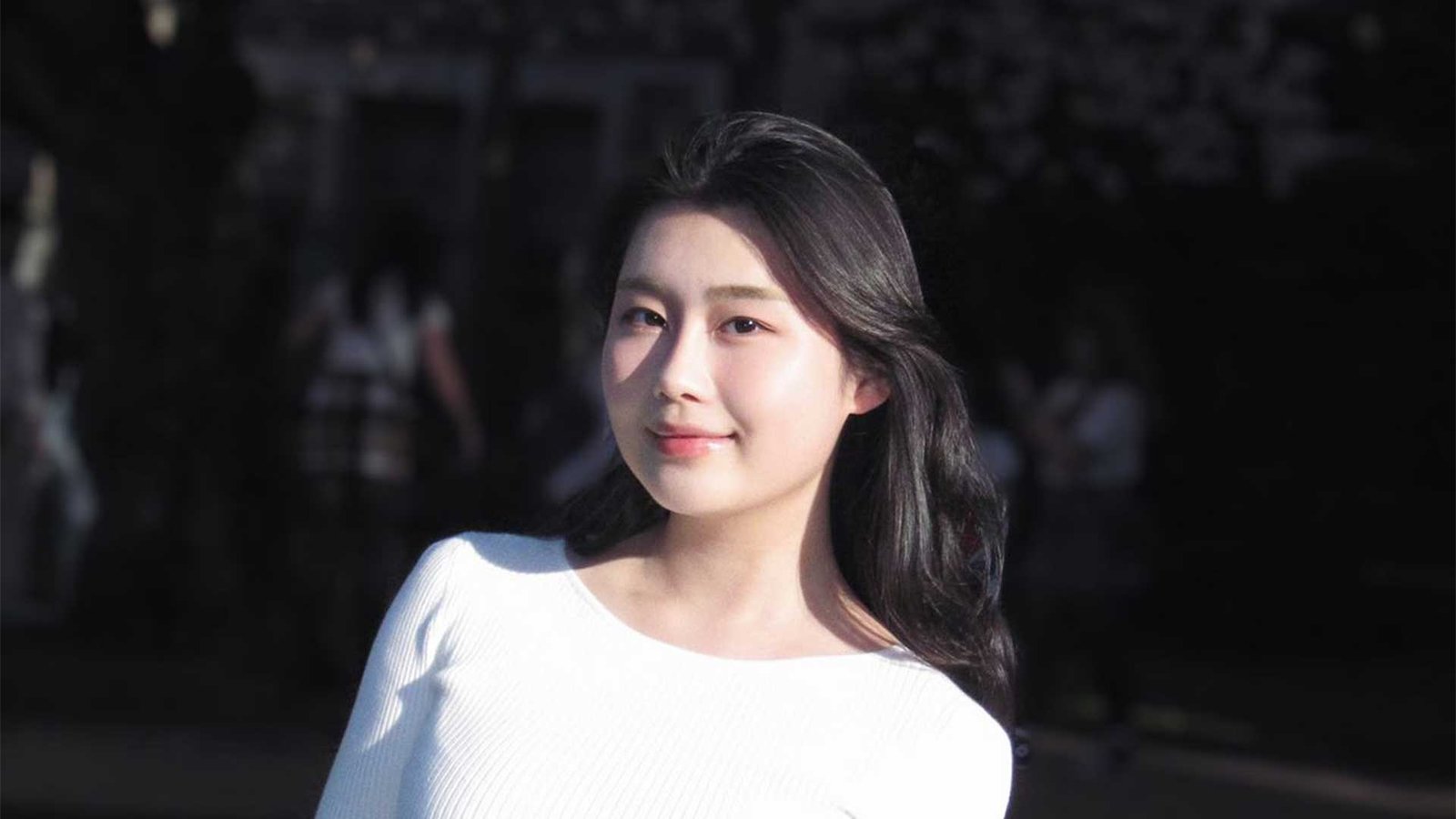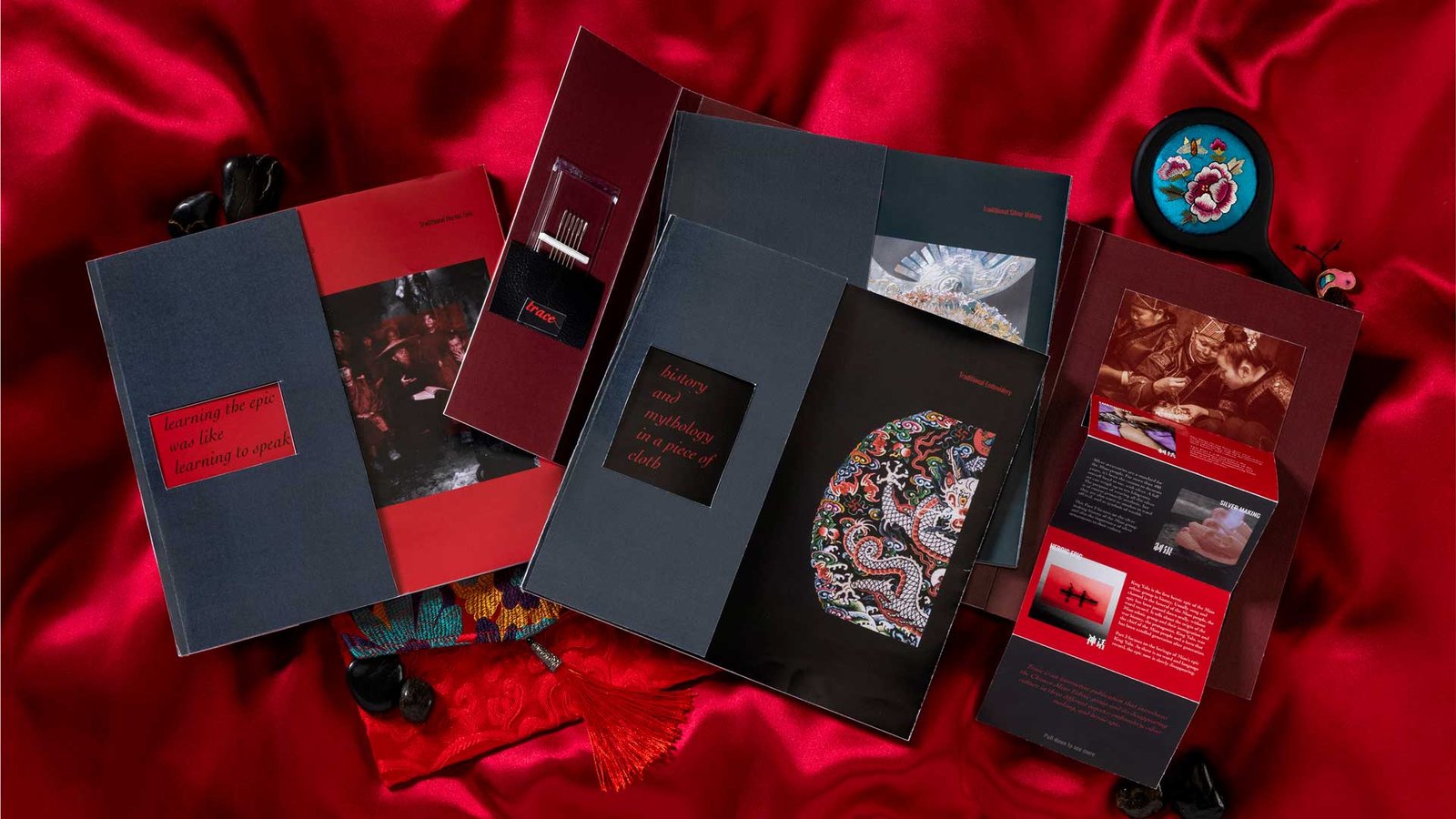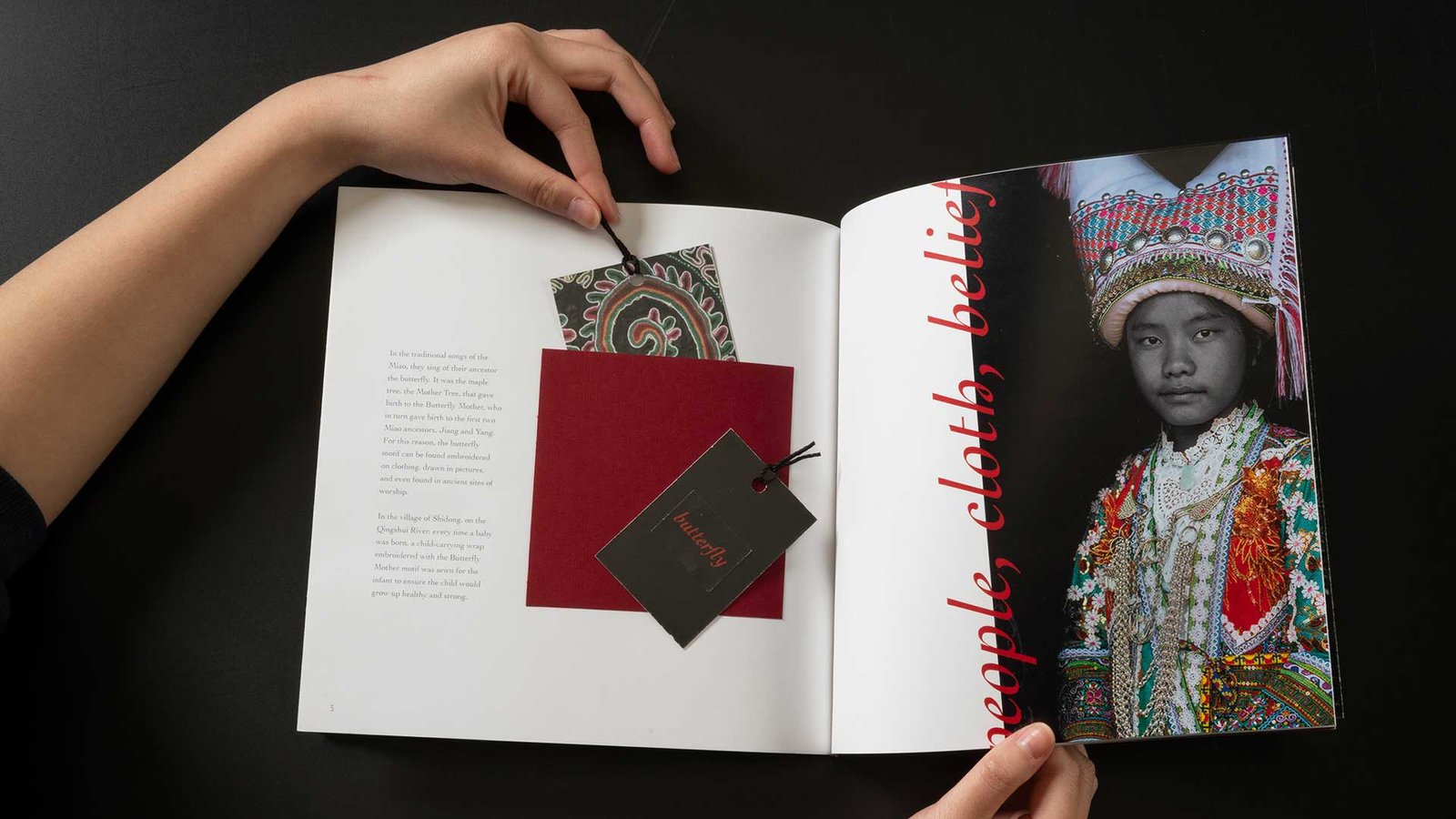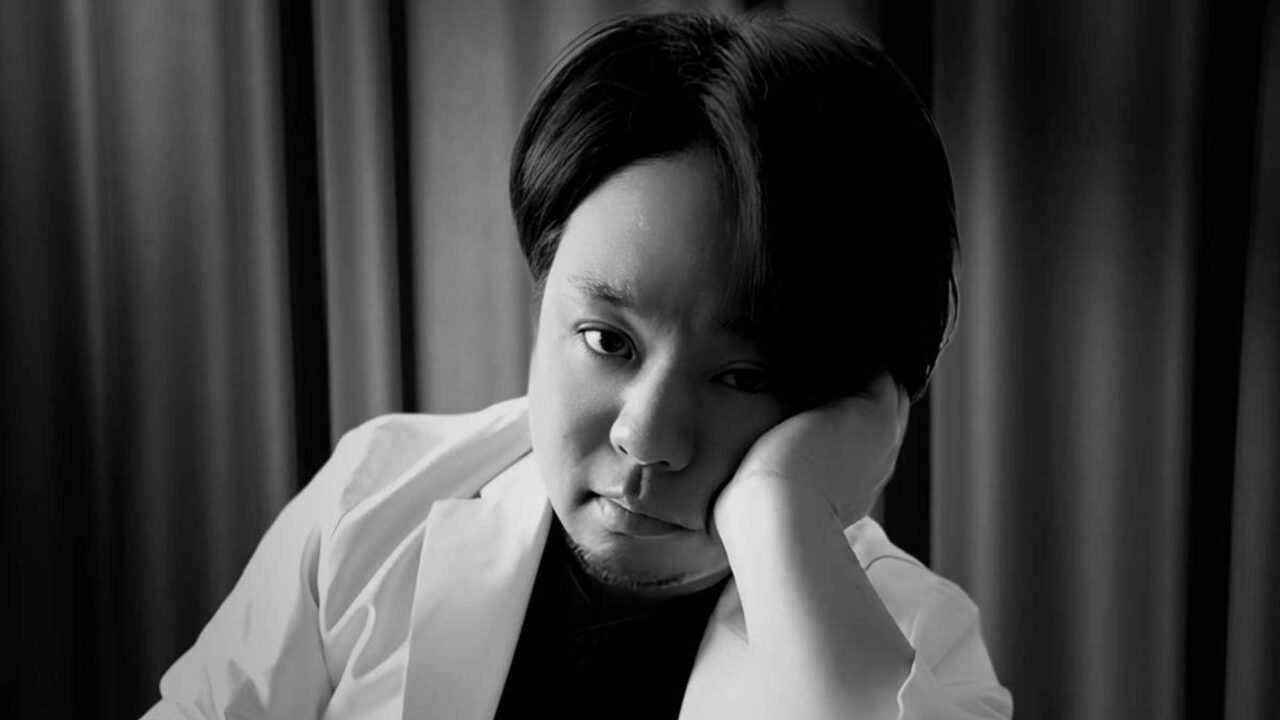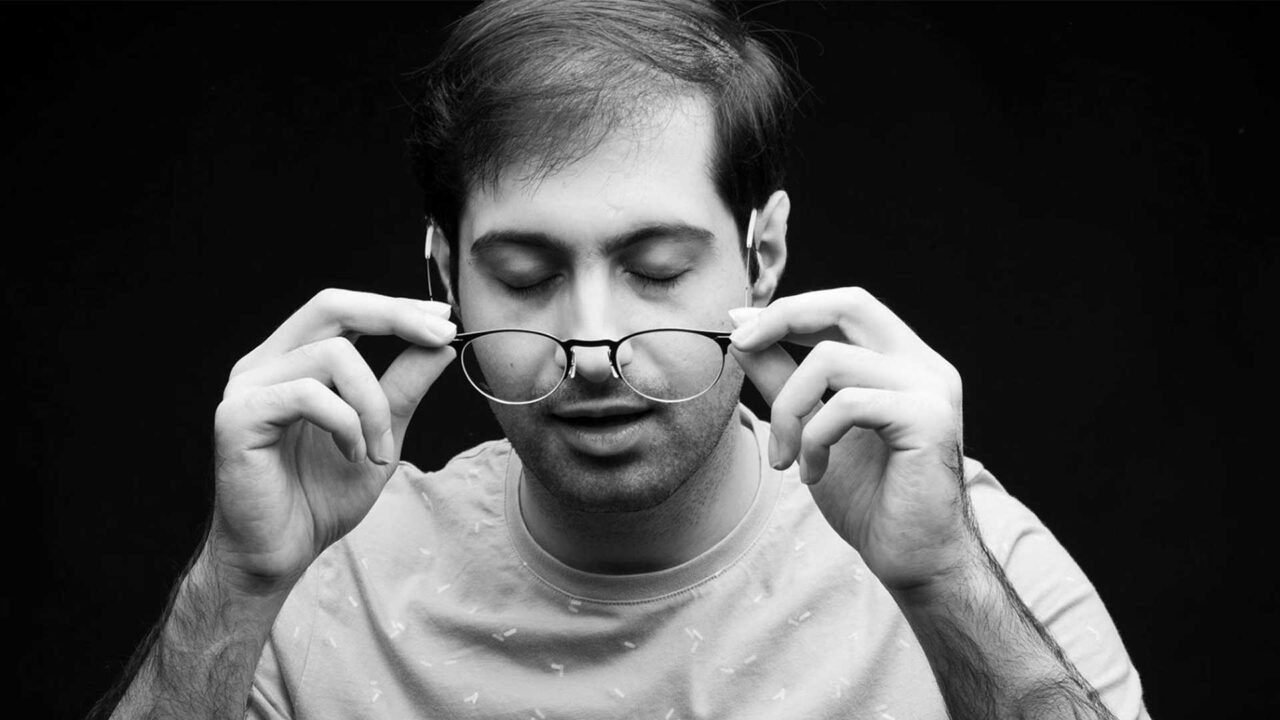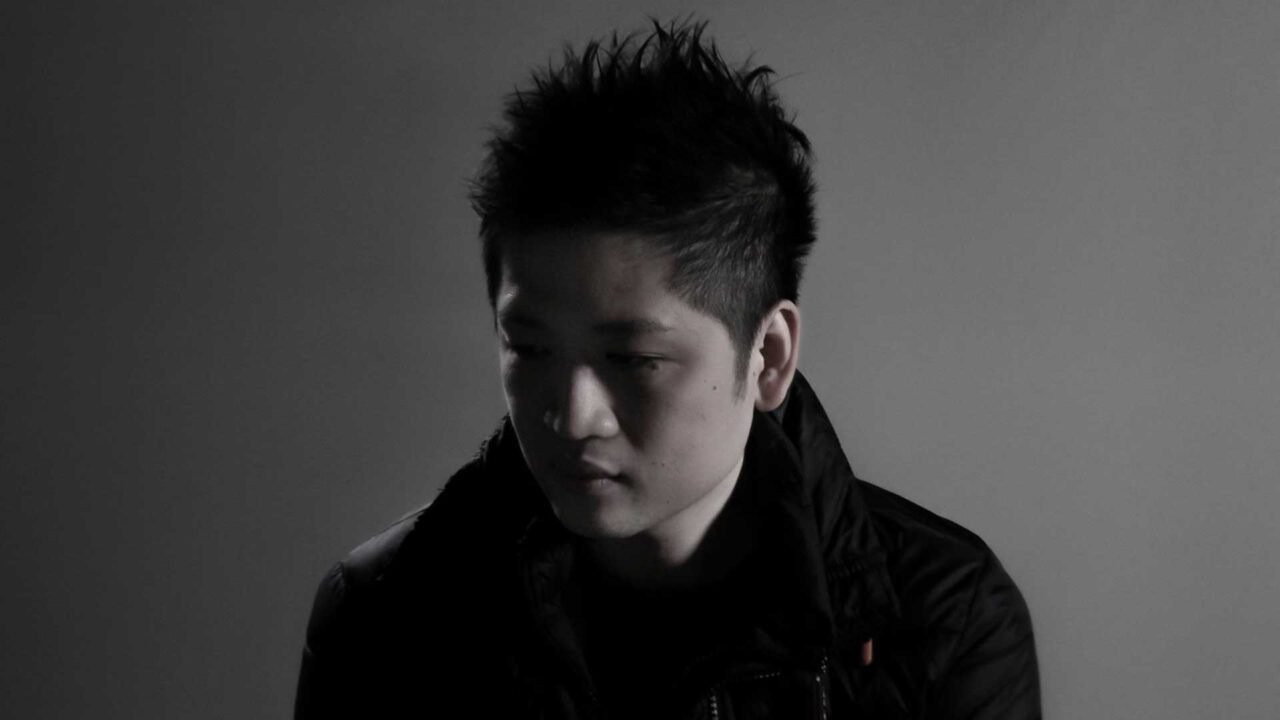1Congratulations on your achievements in the MUSE Creative Awards! Could you start by introducing yourself or your agency? Can you also share a bit about your journey into your current industry?
Thank you. I’m a UX/UI and visual designer with a background in Human-Centered Design and Communications Design. My work blends research, storytelling, and interaction with a strong visual foundation. I’ve worked across startups, agencies, NGOs, and tech, but I’ve always been drawn to projects that focus on culture, identity, and connection.
My design journey started from a place of curiosity—wanting to understand how people experience the world, and how design can help preserve those experiences. That curiosity has shaped how I think about design—not just as a tool for problem-solving, but as a way of holding memory and meaning.
2What inspired you to submit your work for this competition, and what does winning mean to you personally and professionally?
Traces is a project that feels deeply meaningful to me. It was created to bring visibility to the Miao ethnic group in China, whose culture, language, and traditions are at risk of being forgotten. I submitted this work because I wanted to share their story on a larger platform.
Winning this award is a recognition not only of the design itself, but also of the care and research that went into it. Personally, it encourages me to continue creating work that reflects cultural narratives. Professionally, it affirms that thoughtful, research-driven storytelling still holds a strong place in the design world.
3Can you share the story behind your success? What inspired its creation, and what do you feel it represents in today’s industry?
The idea for Traces came from the phrase “everything that disappears leaves a trace.” I was drawn to the richness of the Miao people's culture, including their traditional dress, patterns, head decorations, and colors, but I also realized how little visibility their heritage has today.
I wanted to design something that not only preserved their history but also made it interactive and accessible to a modern audience. In today's industry, where speed and surface-level trends often take priority, I think this project represents the importance of slowing down, doing deep research, and designing with care and intention.
4What do you believe set your project apart in such a competitive field? Were there specific elements or strategies that made it shine?
What set Traces apart was its layered storytelling and attention to cultural detail. It wasn’t just a visual design project; it was a piece of interactive publishing that invited readers to experience a disappearing culture through texture, interactivity, and history.
I focused on using visual language in a respectful, research-informed way, bringing in authentic patterns, symbols, and design structures from the Miao tradition without turning them into decoration. That level of sensitivity and research, combined with a strong visual execution, gave the project depth.
5Every project has its challenges. Can you share a significant obstacle you faced during this process and how you overcame it?
The biggest challenge was making sure the representation was accurate and respectful. I didn’t want to make assumptions or simplify anything for aesthetic purposes. I spent a lot of time in the research phase, reading ethnographic studies, reviewing traditional garments and artifacts, and reaching out to individuals familiar with Miao heritage.
The more I learned, the more the design evolved. It was important to let the research lead rather than force a concept that wasn’t grounded in reality. That approach helped the project grow into something much more thoughtful and layered.
6Winning an award of this caliber often brings recognition. What do you hope this achievement will mean for your career, your team, or your agency in the long run? Have you already noticed any changes or opportunities arising from this recognition?
This award is a personal milestone. It reinforces the kind of work I want to do moving forward: projects that center culture, memory, and community. I’ve started to connect with more creatives and organizations interested in using design to tell underrepresented stories. It’s encouraging to know that this kind of work resonates with others, and it inspires me to keep exploring similar directions.
7What has the reaction been from clients, audiences, or stakeholders about your winning entry? Any feedback or memorable moments that stand out?
The feedback I’ve received has been thoughtful and encouraging. Many people shared that they had never heard of the Miao people before encountering this project, and that the format helped them understand the depth and beauty of the culture. A few even asked how they could learn more or support similar efforts.
8For those aspiring to achieve similar success, what advice would you offer to help them not only thrive in their industries but also craft compelling, award-worthy entries? Are there specific practices, mindsets, or strategies you believe are key?
Start with something you genuinely care about. The work will feel more honest and grounded, and that comes through in the final result. Be intentional with every choice, from research to visuals to interaction. Pay attention to the story you’re telling, not just the design you’re making. Lastly, don’t rush. Some of the strongest projects take time to grow and change. Give yourself room to experiment and revise.
9The creative industry is constantly evolving. How do you view these changes, and where do you hope to position yourself in the future?
I think the design industry is moving toward greater inclusivity and cultural awareness, which is exciting. At the same time, technology is changing how we design and who has access to design tools. In the future, I want to continue working at the intersection of culture and storytelling, using technology to make hidden or overlooked histories more visible and engaging for broader audiences.
10Entering awards can be daunting for many, especially those just starting out. What would you say to individuals who have limited experience, or are hesitant to showcase their work in competitions? How can they build confidence and see the value in participating?
It’s natural to hesitate, especially if your project feels small or personal. But those are often the projects that resonate the most. Don’t wait for your work to feel perfect. If you believe in the story you’re telling and the care behind it, it deserves to be shared. Competitions like this are less about showing off and more about finding others who care about the same things.
11Creativity thrives on community. What message would you like to share with fellow creatives, marketers, and advertising professionals?
Stay open, stay curious, and keep supporting each other. The most powerful work often comes from listening to different voices and learning from different perspectives. There is room for many types of stories in this field, and every voice has something valuable to offer.
12Winning is a team effort in many cases. Is there someone or a group of people you’d like to dedicate this achievement to, and why?
This project is dedicated to the Miao community and to everyone who took the time to share their knowledge and history with me during the research process. Without their contributions, this project would not exist.
13If you could describe your award-winning entry in one sentence, what would it be and why?
Traces is an interactive publication that honors the beauty and complexity of Miao culture through design, that preserves and invites discovery.
14Finally, what’s next for you? Any exciting projects or upcoming goals that you’d like to share with us and the audience?
I’m continuing to work on projects that explore identity and culture through design during my free time. I’m also interested in experimenting with new formats that blend interaction, narrative, and education. Whatever comes next, I hope it continues to make space for overlooked stories and brings people closer to traditions they may not have known before.
